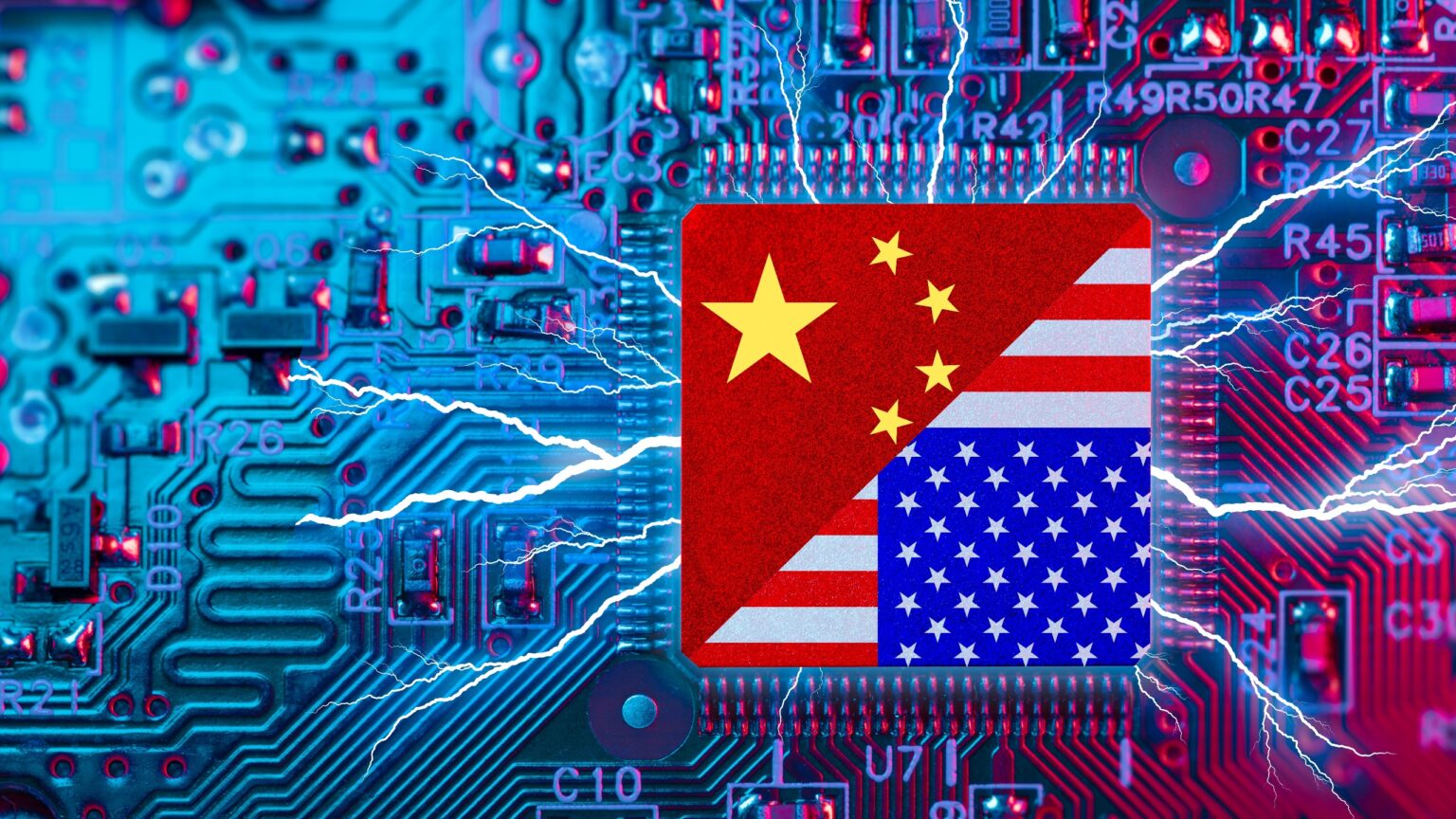Beijing’s guidelines advise authorities and agencies to use homegrown software over foreign-made choices including Microsoft’s Windows operating system.
Financial Times reported that China has implemented new regulations that will gradually phase out American processors in government computers and servers, thereby blocking chips from AMD and Intel.
Also: Biden Administration Commits $11B to Intel for National Chip Growth
The procurement guidelines, which were released on December 26 and are currently in effect, will affect foreign-made database software and Microsoft’s Windows operating system as well as Chinese alternatives, according to the report.
*(CN) CHINA REPORTEDLY BLOCKS USE OF INTEL AND AMD CHIPS IN GOVERNMENT COMPUTERS – FT
— Yudeysi Millan (@MarreroYudeysi) March 24, 2024
Blocking Intel chips in government computers
According to the outlet, government organizations higher than the township level have been instructed to incorporate requirements mandating the use of “safe and reliable” processors and operating systems when purchasing.
Three distinct lists of CPUs, operating systems, and centralized databases have been considered “safe and reliable” for three years after China’s industry ministry released the publication date in late December. According to a review, all of the companies on these lists are Chinese.
The news follows the announcement of the largest financial award made by the US government under the CHIPS and Science Act, a law that offers federal incentives and subsidies to tech companies to increase their production of advanced chips and semiconductors in the US, only a few days prior.
The semiconductor rift
Semiconductors, essential parts of many gadgets, including cellphones and medical equipment, have been the focus of a technology battle between China and the United States.
The United States has imposed export limitations to deny Beijing access to vital semiconductor technologies and equipment.
Amid worries that China might use advanced semiconductor chips for military purposes, Washington unveiled regulations in October 2022 that were intended to limit China’s access to, procurement of, and production of these chips.
Then, in October 2023, the United States implemented new laws to stop American chip manufacturer Nvidia from exporting cutting-edge artificial intelligence chips to China.
U.S. curbs export of more AI chips, including Nvidia H800, to Communist Chin pic.twitter.com/8lXL7Dq2iJ
— 田林 (@Zvm9ieXar7ugKVc) October 18, 2023
The restrictions prohibited the sale of the Nvidia H100, the preferred processor for American artificial intelligence companies like OpenAI. Rather, Chinese companies could purchase the H800 or A800, a slightly slower version that complies with U.S. restrictions mainly by decreasing the speed of an interconnect, an on-device connection.
During the press briefing, senior administration officials announced that those chips would also be prohibited by the new regulations.
Effects of the restrictions
The limitations might also apply to chips that AMD and Intel sell. Other regulations will probably make it more difficult for businesses like Applied Materials, Lam, and KLA to sell and export semiconductor manufacturing equipment to China.
Since 2019, the United States has imposed sanctions on Chinese tech companies, including Huawei and SMIC, the country’s largest chipmaker, to limit their access to cutting-edge technology. Additionally, SMIC has not been able to acquire from ASML the extreme ultraviolet lithography machines that are necessary for producing advanced chips.
"China’s chip equipment firms see revenue surge as Beijing seeks semiconductor self-reliance" – – #supplychain #news https://t.co/AOmbRqQGji pic.twitter.com/wGKEdpsZXg
— Scott W. Luton (@ScottWLuton) September 29, 2023
The tech restrictions imposed by the United States have increased sales at Chinese companies that produce chip equipment. Shanghai-based CINNO Research reports that the top 10 equipment manufacturers in China saw a 39% increase in revenue in the first half of 2023 compared to the same period the previous year.









 and then
and then